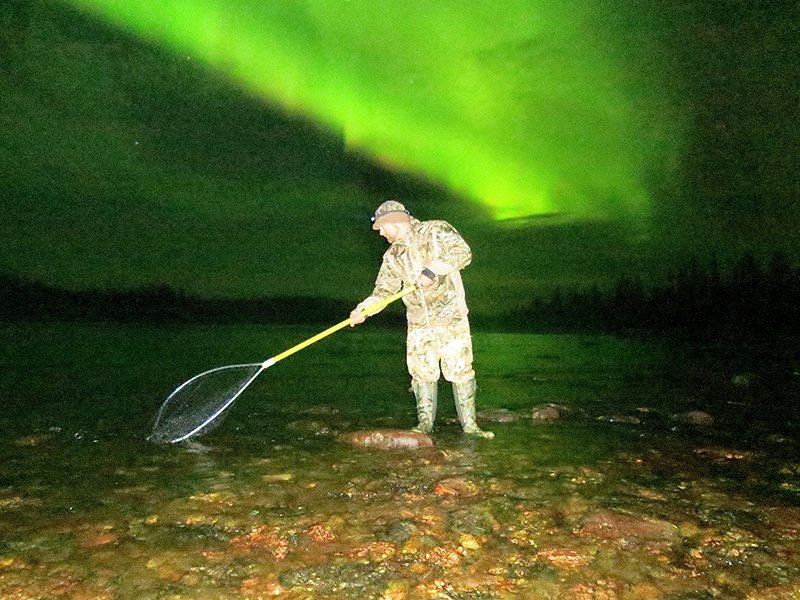























Hunting ducks and fishing big lake trout in the First Nations of Canada’s remarkable boreal forest.

























Hunting ducks and fishing big lake trout in the First Nations of Canada’s remarkable boreal forest.